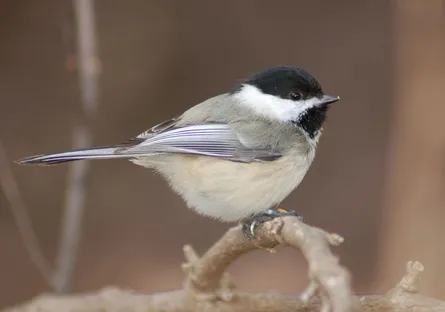Birds can catch malaria at least as far north as Fairbanks, Alaska, a new study confirms. And at the rate climate is expected to change, the risk zone for avian malaria might stretch beyond the Arctic Circle by 2080.

Throughout much of continental North America, malaria-causing Plasmodium parasites have been hitchhiking inside mosquitoes from bird to bird for eons. But many long-exposed bird species don’t get particularly sick because they’ve developed some degree of tolerance over time. What’s worrisome about the northward creep of malaria risk is that parasites might reach bird populations that haven’t been exposed, explains disease ecologist Ravinder Sehgal of San Francisco State University.
People aren’t at risk: The 80-plus species of Plasmodium that cause avian malaria don’t infect humans, nor do the five that cause human malaria affect birds. Climate may also change transmission risk for the human form of the disease, but with its own pattern.
Genuine made-in-Alaska malaria transmission showed up in several Fairbanks birds, Sehgal and his colleagues report September 19 in PLOS ONE. The researchers could tell the parasites had attacked locally because one bird, an infected myrtle warbler, was too young to have migrated yet and the remainder, all black-capped chickadees, stay in Alaska year-round.
Previous studies in the region hadn’t distinguished between local transmission and infections picked up elsewhere. So the new paper gives the first evidence of avian malarial transmission in the upper reaches of North America, Sehgal says.
What that shift might do to bird populations will depend on the bird species, says conservation geneticist Robert Fleischer of the Smithsonian Institution’s Center for Conservation and Evolutionary Genetics in Washington, D.C. A species of malarial parasite that had appeared relatively benign elsewhere in the world has swept into Hawaii. Some birds may cope, but in others the parasite is “very virulent and deadly,” he says. Now some of the native birds can survive only high in the safety of mountain slopes, where it’s too chilly for the parasite-carrying mosquitoes to thrive.
Rising temperatures may already be pushing avian malaria upslope in Hawaii, says Carter T. Atkinson of the U.S. Geological Survey’s Kilauea Field Station in Hawaii Volcanoes National Park. On the island of Kauai, transmission has shifted to higher elevations as researchers have observed temperatures increasing.
The disease may expand its reach in Alaska too, Sehgal and his colleagues predict. With a climate model, they find that the temperatures and rainfall levels of places where Alaskan mosquitoes can transmit malarial parasites could arrive north of the Arctic Circle by 2080.
There’s also the other end of the Earth to worry about. Sehgal frets that as the Antarctic warms, penguins may have to cope with malaria.






